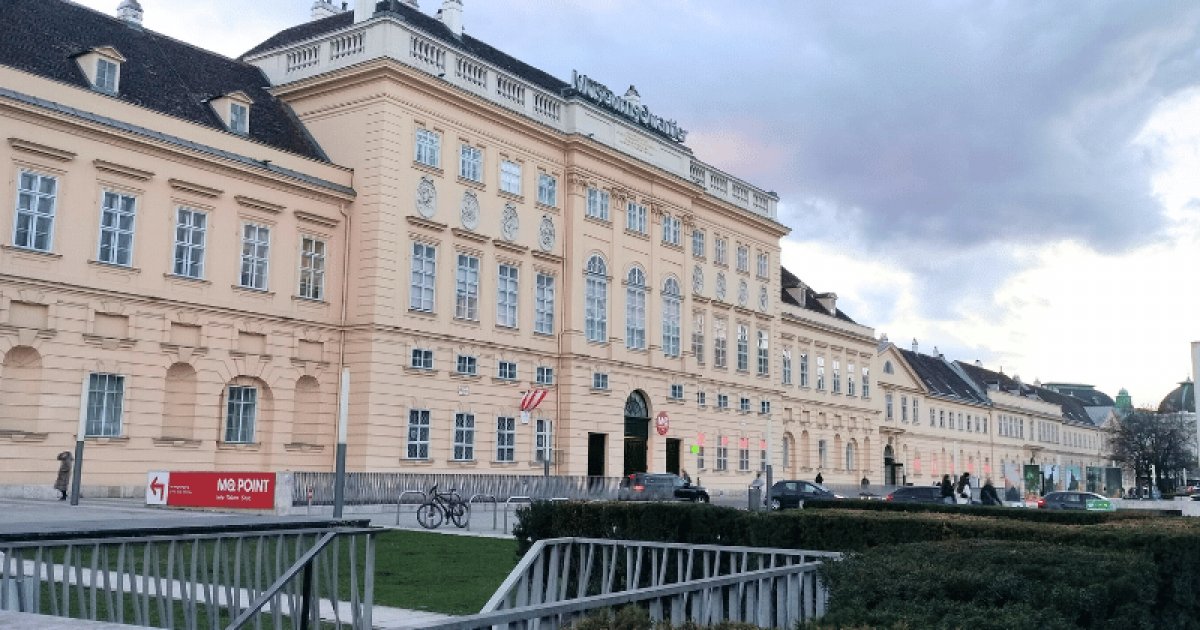MUSEUMSQUARTIER, Presentation
 Language: English / USA
Language: English / USA
Hi, my name’s Rick, and I’m your personal guide. Along with MyWoWo, I’d like to welcome you to one of the Wonders of the World: the MuseumsQuartier.
The MuseumsQuartier is the largest center for modern and contemporary art in Vienna.
Between 1998 and 2001, the former imperial stables, previously used as an exhibition center, were transformed into a magnificent art gallery dedicated to works from the 20th and 21st centuries.
The prestigious Baroque building, originally designed by Fischer von Erlach to house some 600 horses and 200 carriages, has been turned into a multipurpose center dedicated to fine arts, architecture, design and other forms of artistic expression, such as contemporary dance. The 60,000-square-meter MuseumsQuartier is among the largest architectural complexes dedicated to art in Europe.
The spacious interior houses workshops, artists' studios, photographic and visual archives, an area dedicated to children's creativity, and comfortable areas for relaxation. At the center of the complex stands the Kunsthalle, which partly maintains its 18th-century structure: this is the pavilion used for temporary exhibitions of contemporary art, which change at a fast pace.
On two sides of the vast courtyard are the modern buildings that house the permanent museum collections. On the left, the white stone cube houses the Leopold collection, which I’ll be describing in a separate file.
On the right, the black basalt block is home to the Mumok, the Museum of Modern Art that was created largely thanks to a bequest from the Ludwig Foundation.
With a layout focused on the rotation of works according to exhibitions inspired by different thematic criteria each time, Mumok has a fabulous collection of painting, sculpture, graphics, design objects and installations from the 20th and early 21st centuries. The core of the collection are works by the masters of the European avant-garde of the early 20th century, such as Klimt, Picasso, Klee, Kandinsky and Giacometti. There is also a particularly fine collection of works by the American Pop Art masters, such as Lichtenstein and Andy Warhol.
An interesting fact: Slabs of anthracite-gray volcanic rock, a porous and opaque material, were used to make the dark cladding of the Mumok building. When it rains, they turn dark and shiny, changing the museum’s appearance.



